Mud crab fattening program is gaining popularity gradually, because it is a very profitable business.
And some people are making good profits and their living through mud crab fattening program. Costs are relatively less in this fattening the crabs and profits are relatively high.
Mud crab (Scylla serrata) is actually an ecologically important species of crab which is also called as mangrove crab and as well as black crab. And the mud crab is mainly found in the estuaries and mangroves of Asia, Africa and Australia.
The mud crab fattening program in the mangrove areas is an excellent way of producing food through aquaculture without sacrificing the environment.
Mud crabs as food have become popular since the early 80’s with the commencement of live crab export to the American and European countries.
The live mud crabs as an export product have opened up huge opportunities for mud crab farming business in some poor South Asian countries. Mud crabs have both high price and demand in both local and the international market.
Mud crabs generally grow faster, and commercial mud crab farming business can be a very profitable business.
And you can start this business either commercially or in small scale. However you raise the crabs, it will become very profitable if you can run everything perfectly.
How to start mud crab fattening program?
Mud crab fattening is relatively a new business idea and it’s highly lucrative. Generally female mud crabs weighting around 100 grams, and male crabs weighting around 200 grams are stocked and raised for fattening purpose.
Depending on the weight of your stocked crab, fattening program can take between 15-30 days or sometime even more. However, here we are trying to describe more information about mud crab fattening program.
Pond size for mud crab fattening
Generally, the mud crab fattening program is done in cages, pens and in ponds. Whatever system you use, you will need to have a pond. And the size of the pond can be between 0.1 and 0.6 hectare.
And the water depth of the pond should be at least 5 feet. A pond with sandy bottom will generally become good for the mud crab fattening program.
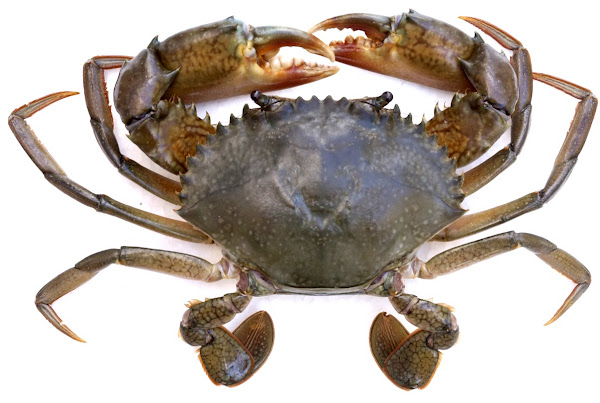
Ensure the bunds have a minimum of 3 feet width at the top for preventing the mud crabs from escaping through bunds. And also fix overhanging fences on dykes for preventing the crab climbing over the bunds.
You should maintain a fencing height of 0.5 to 1 meter over the dyke. Knotless nets, asbestos sheets, fiberglass panels or bamboo poles/sticks can be used as fencing material.
Soil quality of the pond
Soil quality of the pond plays a major role in mud crab fattening business. Generally sandy or sandy clay soils are considered best for mud crab fattening (because the sandy bottom restrains the crabs from burrowing).
Water quality of the pond
Good quality water also plays a very important role in mud crab fattening program.
So, before starting ensure that you have abundant and good quality water source nearby your pond, and it’s a mandatory for mud crab fattening business.
Brackish water is best suited for mud crab fattening. And the crabs are highly tolerant to varying salinity conditions.
For best growth of the crabs, the water in the fattening pond should have following technical parameters.
- 10 ppt to 34 ppt salinity of water.
- The temperature should be within 22°C and 30°C.
- The dissolved oxygen content of the water should be more than 3 ppm.
- pH level of the water should be between 8.0 and 8.5.
Controlling and supply water
In the stocking pond, water is generally exchange in the pond is carried through tidal water and sluice gates.
These gates can regulate the inflow and outflow of the tidal water. While filling the pond with water, the sluice gates should be fitted with bamboo screens for preventing the escape of mud crabs.
You will need to pump in the seawater in areas where tidal water is not available.
Pond management
You will need to prepare the pond perfectly before stocking crabs into it. And you should prepare the pond by draining out all the water in it, and allowing the pond to dry in sunlight.
And then fill the pond with water during high tide. If you can’t arrange tidal water, pump the seawater to a height of at least 5 feet.
Stocking the mud crabs
After preparing the pond and filling it with water, you have to stock crabs into it. Generally, soft-shelled mud crabs are stocked in the pond (with females weighting around 100 grams and males weighting around 200 grams).
If you stock the crabs directly into the pond, then the stocking density will be 1 crab per square meter. But if you stock in cages, then stock 1 crab per cage.
Feeding the mud crabs
Feeding the mud crabs with good quality feeds is the most important part of the mud crab fattening program.
You can feed your crabs with small fishes or bivalve meat. You should feed the crabs based on their body weight, which is generally between 5 and 10 percent of their live body weight.
Harvesting the Crabs
In proper feeding and caring, the crabs will reach marketing weight and be ready for harvesting within 15 to 30 days. And you should harvest the crabs when they reach your desired size.
Yield
Exact yield from mud crab fattening business can vary depending on various factors. But on average if you follow the above mentioned ways, then you can expect to have a production of 300 to 350 kg from a 0.1 hectare pond.
These are the common ways of fattening mud crabs. Hope you have learned a lot from this guide. Good luck and may God bless you!

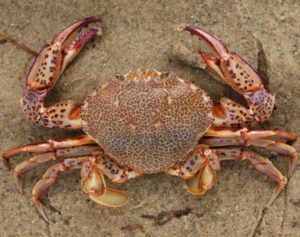
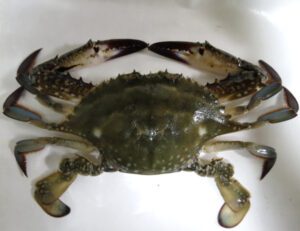
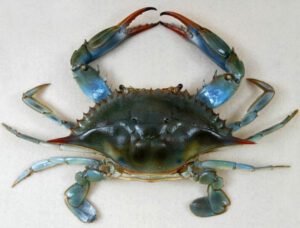
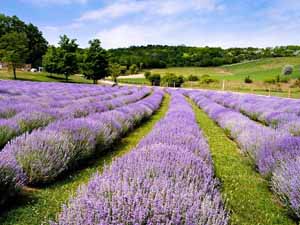
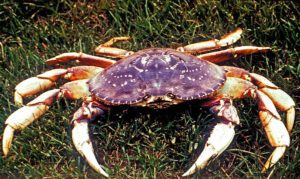
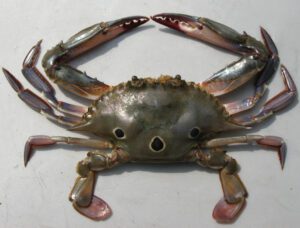
Great site! Very educational and insightful, this will be an inspiration for the urban people who desire to earn a living for family and business. I myself is motivated and brought me back to the days when I was just entering adulthood and catching Crabs was my leisure. This time around at my 50s I’m gonna make it a passing time and a business venture. I hope I could come back here to report an update.
Best of luck!